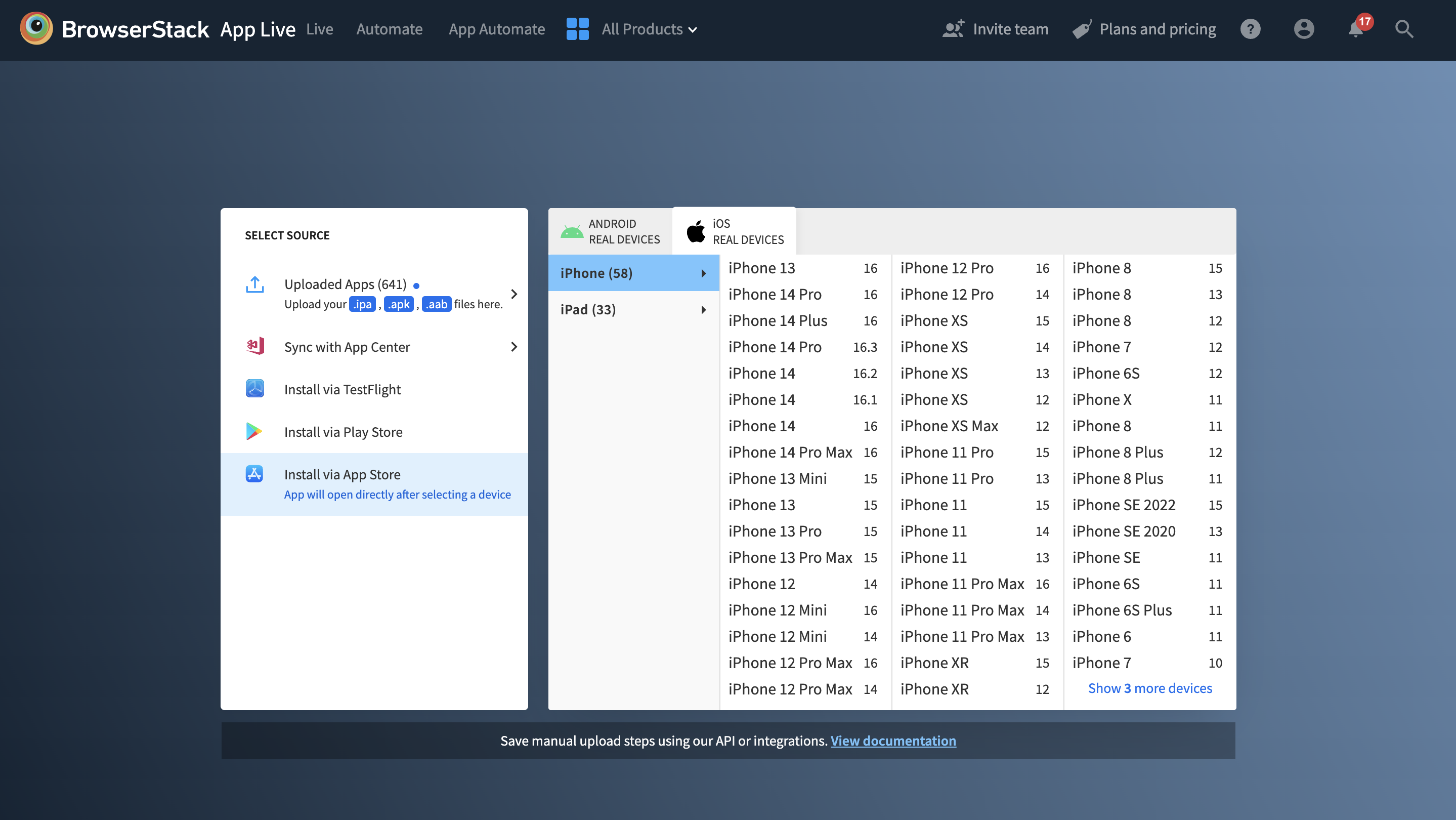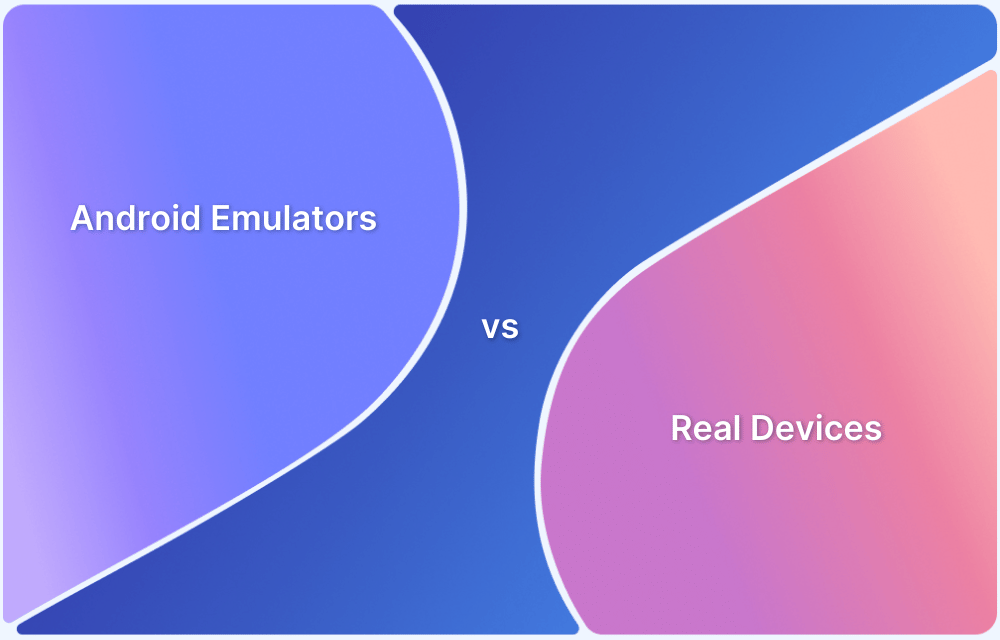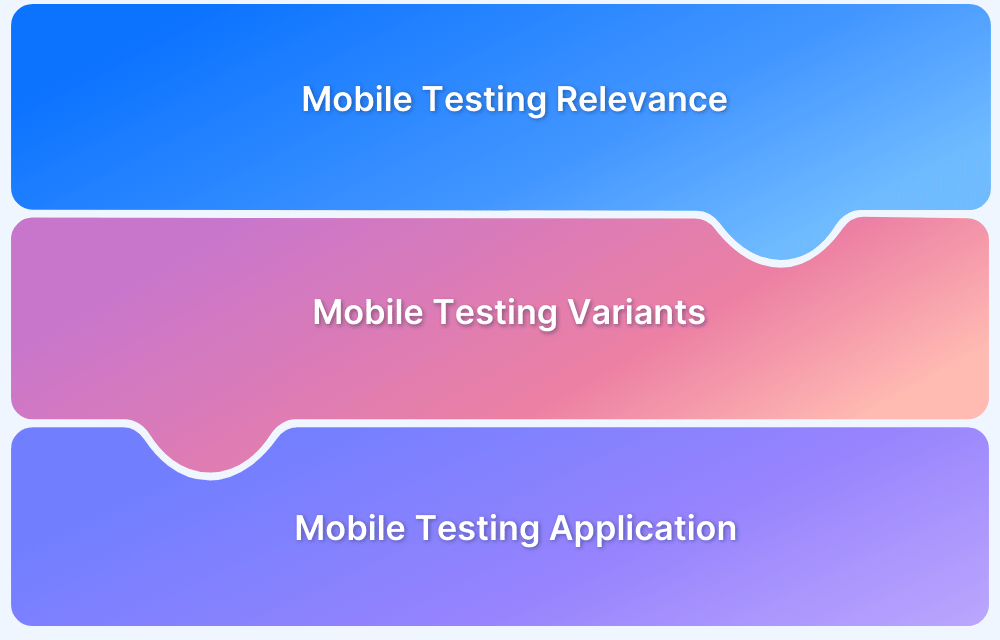Will Emulators on iPhone solve your testing requirements?
By Tom Collins, Community Contributor - August 7, 2023
Emulators on iPhones are considered to be virtual testing devices for iOS. They copy both the software and hardware configuration of an iPhone. They translate the target iPhone’s ISA (Instruction Set Architecture) through a binary translation process. They make it easy to test different applications on different devices when testers are not confirmed to choose a device from a large variety.
What are Emulators for iPhones?
An Emulator is a software that mimics the hardware and software of the target device on your computer. They do this by translating the ISA (Instruction Set Architecture) of the target device to the one used by the computer you are using to conduct testing.
However, the iPhone emulator is a misnomer for iOS simulators.
Why do we use Emulators for iPhone/iOS?
Testing on physical devices is costly because you must maintain a physical device lab most of the time. Most of the emulators are free to perform your test. There are many free emulators for iPhones. Ex. XCode, Xamarin TestFlight, Appetize.io, etc.
Thus small companies opt out of real devices for emulators to survive with their limited budget as they don’t need to invest in different devices and upgrade them often.
Will Emulators on iPhone solve your testing requirements?
Not really.
There are several free emulators for iPhones or iOS simulators. But they don’t have features for testing under real user conditions like – battery, camera, low/unstable networks, push notifications etc. They can’t copy or simulate/emulate these from real devices. Real devices are original phones that customers use.
The Apple iOS Simulator, which ships as part of Xcode, is a tool for developing and prototyping your mobile app. While the iOS Simulator can test your app’s basic behaviour, it is severely limited as a testing platform. To effectively test your app across real-world scenarios, it is essential to use real mobile devices.
Drawbacks of Emulators for iPhone
You can’t rely upon iPhone emulators/simulators because testing behavior differ in real-life conditions. This will lead to an inaccurate test result which concludes a bad impact on the newly released app. The conditions are-
- The application may not face real hardware conditions. Thus the result differs.
- Emulators/Simulators can’t detect the battery life issues on the tested application.
- You can’t find the breaks of your application due to pop-ups, messages, notifications, calls, etc.
- Emulators/Simulators don’t have the original software versions provided by real device manufacturers.
- Also, you can’t test hardware components like- CPU, camera, network module, speaker, and others with emulators because they don’t offer the same functionalities as the real device.
- They can’t produce accurate network conditions as real devices because they can’t connect to the carrier network.
- Also, they can’t cover up the issues of network throttle, changing Wi-Fi networks, Bluetooth connection, etc.
Sometimes, real devices become slow or hang up due to limited processing power and memory space. Emulators don’t take this as an issue and end up with an error-free test result, and thus it may cause a severe fault in application in the future.
For these reasons, testing on real devices hosted on the cloud is mandatory.
When to replace the Emulator with a real iPhone?
Emulators are the best for the initial testing phase, like- unit testing, prototyping, etc. As they provide better debugging facilities, they are better for application development phases. But you must run tests on real iPhones when the testing application is just a few steps away from release. That is the crucial phase of testing.
This time you need highly accurate results that match real device conditions. So, it includes every possible scenario to test. The test results will be more reliable as they are generated in a real environment.
Thus, performance testing, smoke testing, sanity testing, user acceptance testing (UAT), and a large part of regression testing happened on real devices.
Testing on a Real Device Cloud
Both the real and virtual iPhone devices have pros and cons for testing. Here a real device cloud like BrowserStack can provide the best solution. Because it offers-
- Real device experience with accurate and reliable test results.
- It saves cost and time.
- Better debugging and integration with project management tools compared to emulators/simulators.
- 3000+ real devices and clouds for web and app testing.
- It includes real iPhones like- iPhone 8, iPhone 14, iPhone 12, iPhone SE, etc.
- Also, it has 33 real iPad devices: iPad Air 5, iPad Pro 12.9, iPad 9th edition, etc.
Test mobile apps & websites on an exhaustive range of real iOS devices like iPhone 14, iPhone 13, 13 Pro, 13 Pro Max, 13 Mini, iPhone 12, 11, X, XS Max, iPhone SE, 8, 7, etc.
To replace emulators and simulators, teams can access different BrowserStack products for testing, such as:-
- BrowserStack Live is for manual web testing and compatibility testing. It includes Developer Tools for Chrome, Safari, and Firefox. Allow local testing for websites hosted on private or internal servers.
- App Live supports manual app testing on Android and iOS devices hosted on the cloud. It integrates with test management tools like JIRA, Trello, Slack, GitHub, TestFlight, etc.
- Percy assists in automated visual testing. It captures screenshots, removes the risk of visual bugs, and highlights visual changes.
Wrapping it Up
Now you have a clear idea about emulators and real devices and why we should replace emulators with real iOS devices. Both of them have some excellent features for testing. But you must identify the correct device or emulator according to your testing type. BrowserStack always remains updated with the latest flagship/legacy devices for iOS and iPad devices for testing your apps and websites.





